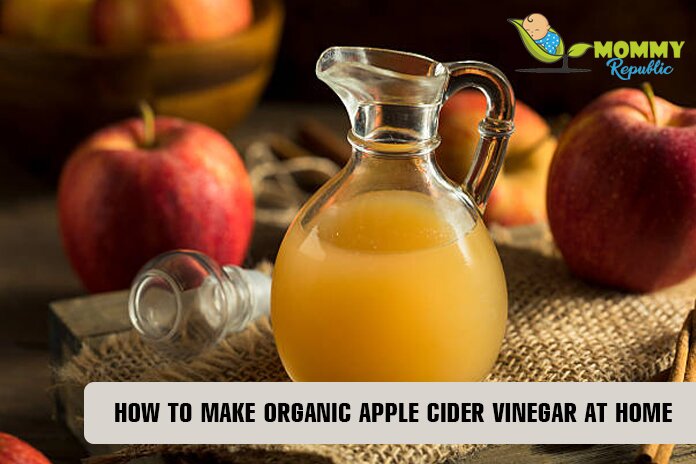So, you want the dirt on what I add to my kids summer drinks? Hold on we will come to that! Before, I reveal my “dirty secret”, here’s why salt is not good for babies, toddlers, young children and your family in general!
Harmful effects of adding salt to Baby and Kids Food
Babies don’t need any additional salt in their food as their salt requirement is less than 1 g per day (0.4g of sodium). Breastfeeding as well as formula fed babies can receive this amount through the milk itself. Any extra salt being taken by them is a huge burden on their tiny little kidneys. Their kidneys may not be able to even function properly because of this excessive load.
Though the effects may not be evident today, this “small” amount of salt can lead to kidney disease and hypertension in adult life. Increased amount of salt intake during the early years of childhood has been linked to diseases like osteoporosis, respiratory illnesses and cardiovascular diseases later in life.
Scientific Advisory Committee on Nutrition recommendations on daily salt intake for Babies and Kids
| AGE | MAXIMUM SALT INTAKE |
| 0-6 months | < 1 g (0.4g of sodium) |
| 6-12 months | < 1 g (0. 4g of sodium) |
| 1-3 years | 2 g (0.8g of sodium) |
| 4-6 years | 3 g (1.2g of sodium) |
| 7-10 years | 5 g ( 2 g of sodium) |
| 11 years + | 6 g (2.4 g of s0dium) |
A few of my relatives suffer from hypertension and high blood pressure. Since I couldn’t do much about the genetics, I decided to ensure that I did all in my power to prevent my baby from having it. The first thing I learnt was that babies shouldn’t be given salt and sugar in the first year. I have followed this religiously.
During summer, we all love to enjoy chaas (buttermilk), nimbu paani (lemonade) and aam panna (mango drinks). Though these drinks are extremely healthy and refreshing, the only problem is that we add raw or uncooked salt in them.
Since my kiddo is only 1.5 years, and I didn’t want him to miss out on these healthy and delicious drinks, I was desperately looking for a way out.
When making homemade Saathu Maavu for my baby, I was looking for a convenient way to roast, and that is when I thought of the people who roast and sell peanuts on the roadside. They use an iron wok with what I thought was sand to roast the items.
On second thoughts, the idea seemed unhygienic for my very young baby and I made Saathu Maavu at home in my own pans. During this winter, we thought of enjoying some roasted peanuts and went to purchase.
Imagine my surprise when I discovered – that they were using salt – not sand to roast peanuts! And wasn’t it obvious, because would anyone really like any residue sand in their mouth!! The shopkeeper told me that he used normal salt, but because it got roasted so many times in the wrought iron pan that it became black in color!
What a storehouse of iron this salt was!! I immediately asked him that I would like to buy some, but he offered it for free! And said I could take as much as I wanted, anytime I came.
Now I make this salt at home itself in my own iron wok! When adding to chaas or aam paana I always added this pre cooked naturally iron fortified salt. This makes the drink even healthier and negates any harmful effects of raw salt!
We have also slowly shifted to rock salt over the normal processed table salt. The only benefit which the table salt offers is that it is iodine fortified. Iodine used to be added to salt to prevent goiter which was prevalent in 1920’s. This practice has been continuing till date. I buy this brand of rock salt from amazon.
As a family we try to eat healthy and intake iodine from natural sources fish, vegetables and dairy products. So if your family also takes these foods regularly, then there shouldn’t be any need to take processed iodized salt loaded with anti-caking chemicals! Sendha Namak is the healthiest!
Reference:
World Action on Salt / Salt and Children Health
Effects of salt overload on Kidneys
How much salt do babies and children need? NHS




